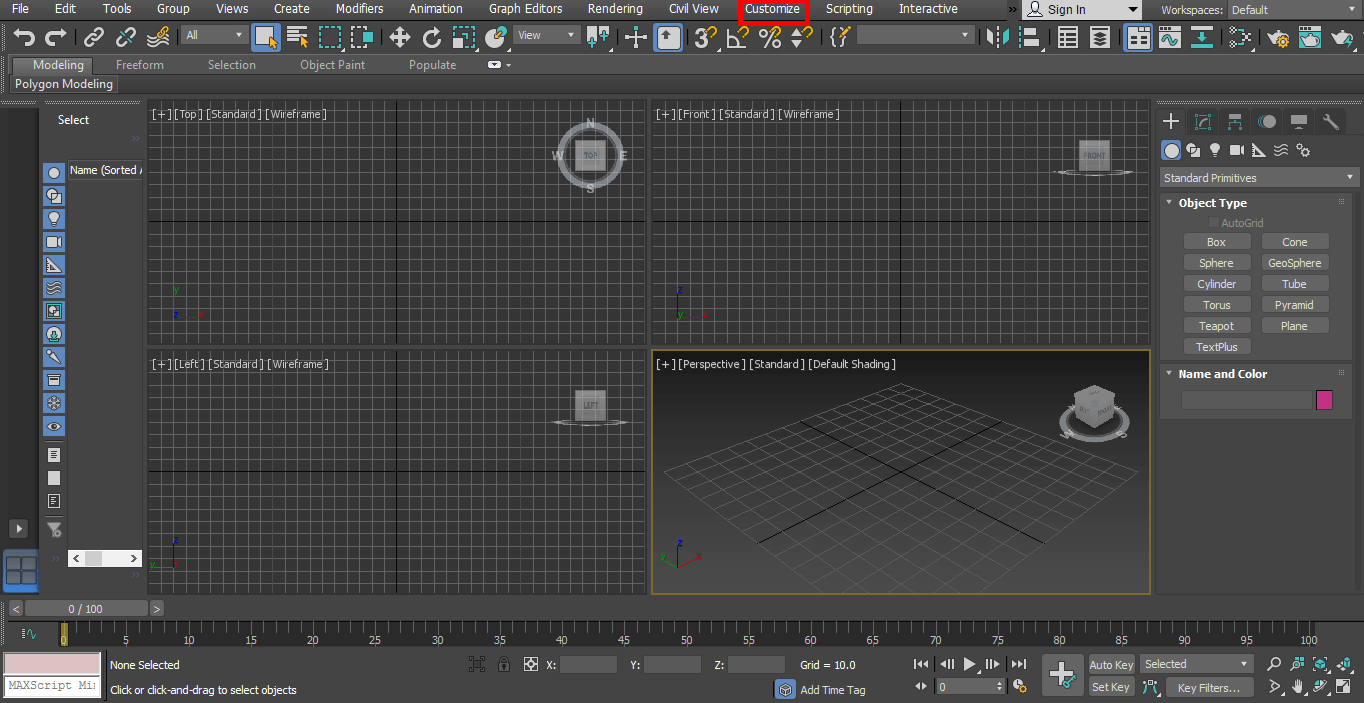
In other words, it determines the amount of light a point would receive if it were not in shadow, compares it to the amount of light the point actually receives, and shades it by the relative difference. Note that the reflections in the other mirrored objects remain relatively plausible, even when they are not very close to the location of the probe.The Matte/Shadow/Reflection shader works by doing a form of differential shading. This will make the reflections appear more realistic, even when the reflective surface is relatively far from the location of the reflection probe.įor example, this image has a single reflection probe (the sphere on the far right), with its parallax volume is set to closely match the location of the walls, floor and ceiling. The more accurately the box defined for the parallax correction matches the actual distance from the probe to the objects it is reflecting in the scene, the more accurately the parallax correction can adjust the reflections. To offset this, the renderer applies parallax correction, which skews the reflections in an effort to keep them looking more plausible from different viewing angles. As the distance from the probe's location to the reflective surface increases, the reflections get progressively out of kilter with regard to the real locations of things in the world. It therefore gives the most accurate reflections when the reflective surface is placed very close to the probe's location. The textures baked by a reflection probe contain only the things in the scene that are visible from the probe's point of view. To do so:Ĭlick the Reflection Probe Settings in the Property Editor. You can also use the reflection probe gizmo to set these box extents visually in the viewport. Set the dimensions of this box on all sides to roughly match the distance between the probe and the things it is reflecting. The Trace Box Min and Trace Box Max settings control the parallax correction box. They will fade linearly over the next 2 meters on each axis, reaching zero contribution at the outer bounds of the light volume. At a distance of 8 meters from the probe location on each axis, the reflections will begin to fade out.
3d max 2010 environment reflection full#
So, for example, if the light volume is set to, and the falloff is set to 2,2,2, everything between, will show the reflections from this probe at full intensity. The falloff is always linear over the distance set in the Falloff control. Larger values cause the reflections to fade out over a larger distance, which is typically smoother if you want to have multiple overlapping light probes. Lower values cause the reflections to stop over a smaller distance, as they would at the edge of a mirror frame. The Falloff controls how far from the outside of this volume the reflections start to fade out. Only surfaces inside this volume will be lit by the reflections baked for this probe. The Light Box Min and Light Box Max settings control where in the level the reflections are shown when the level is rendered in the engine.

With the probe selected, set the Reflection Probe Settings properties in the Property Editor: Switch to the Move tool and adjust the probe's placement if needed. Your probe is represented by a shiny sphere, giving you an idea of what objects it will pick up when you bake its reflections. Under the Rendering group, select Reflection probe.įrom the main menu, select Create > Reflection Probe Entity.Ĭlick the viewport to place a new reflection probe into your level. Open the Create panel to the Helpers tab.

3d max 2010 environment reflection how to#
This page describes how to set up and bake reflection probes to provide localized reflections for particular areas of your level.Įnter the reflection probe placement mode by doing either of the following:


 0 kommentar(er)
0 kommentar(er)
